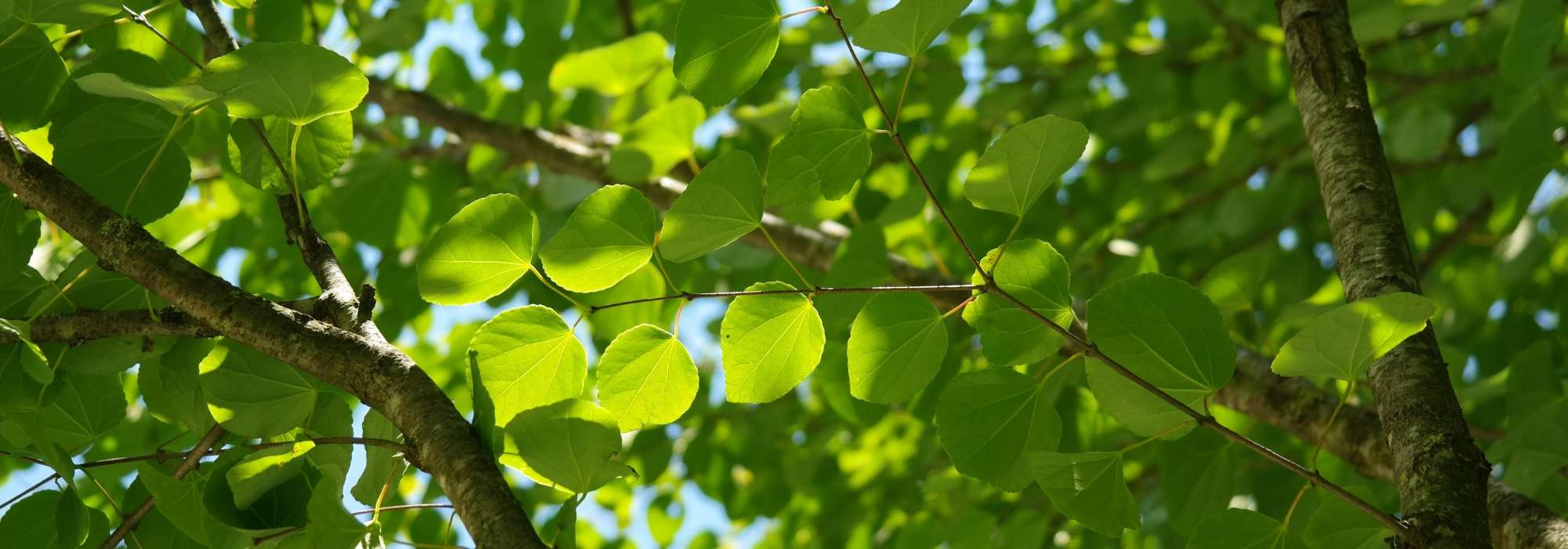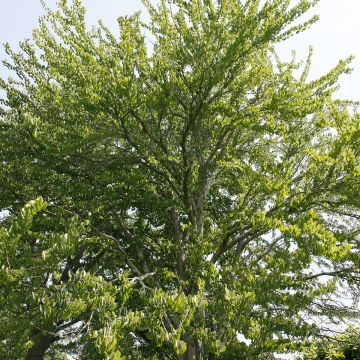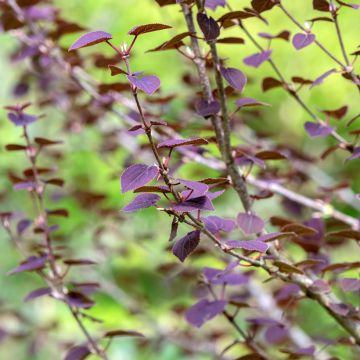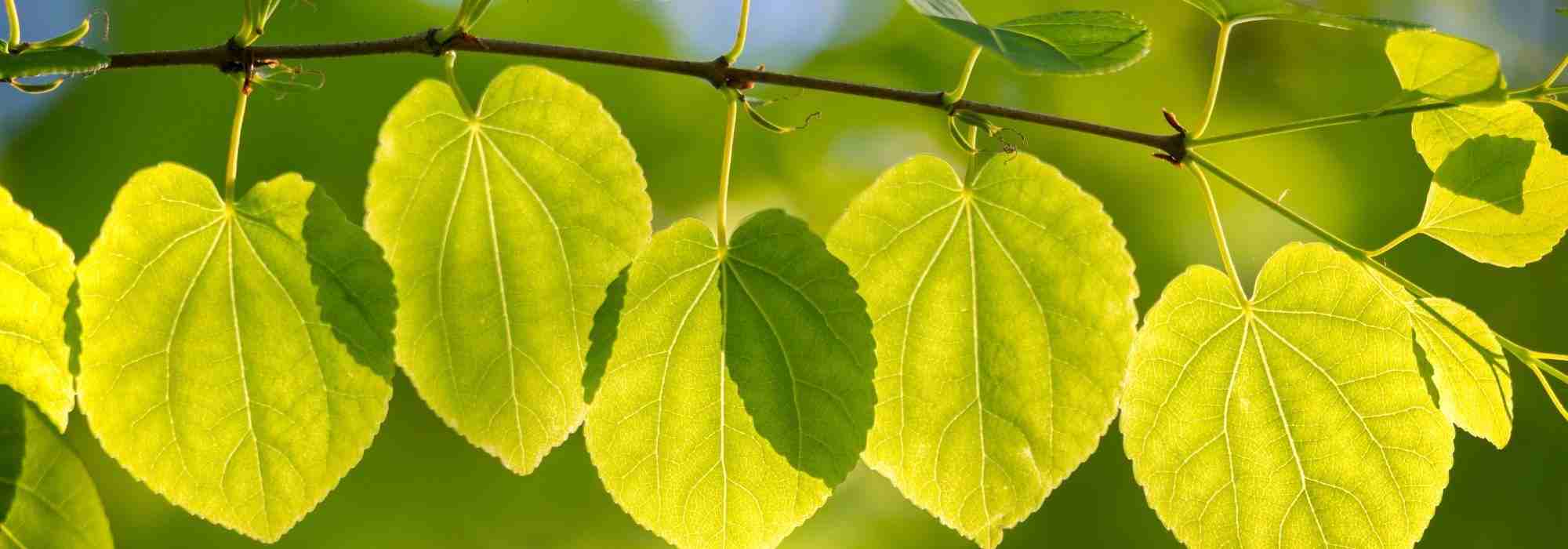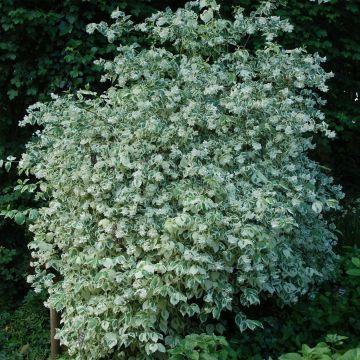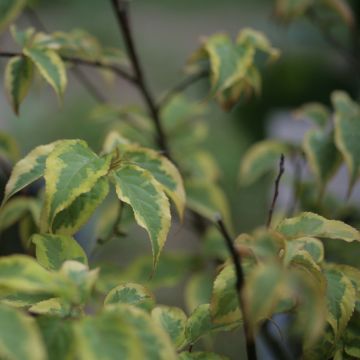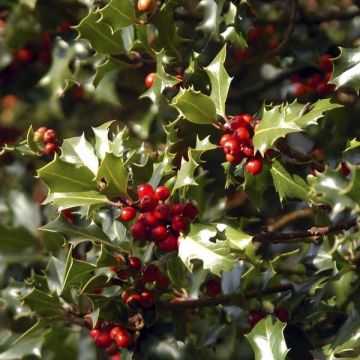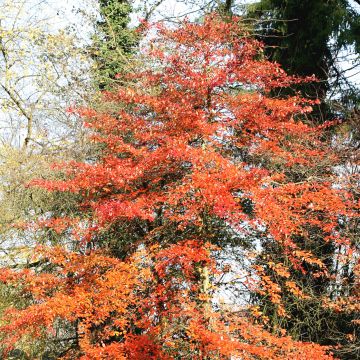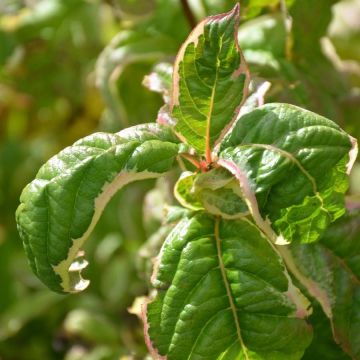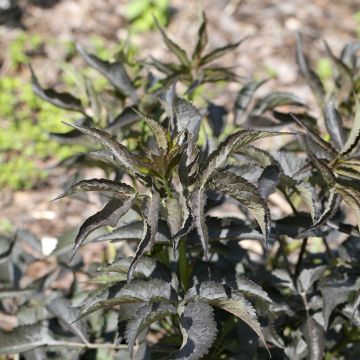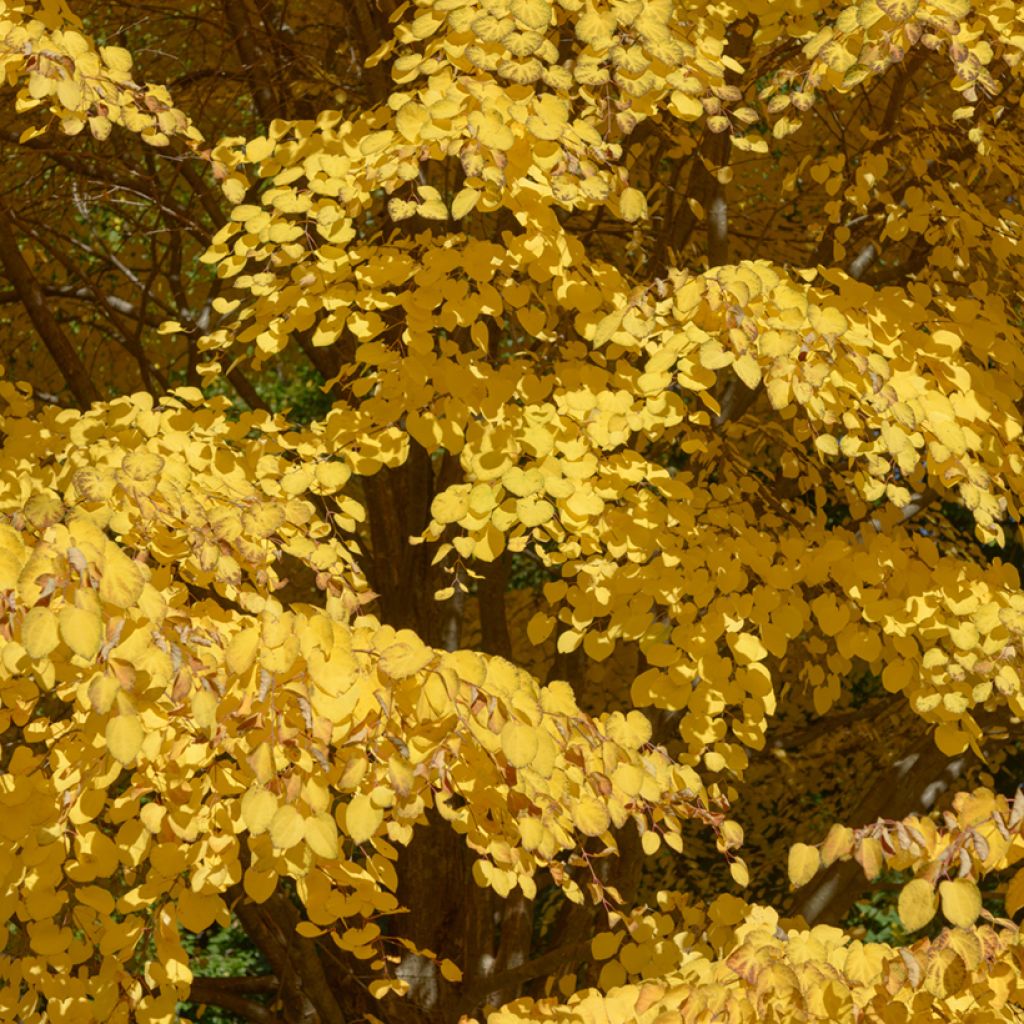

Cercidiphyllum japonicum


Cercidiphyllum japonicum
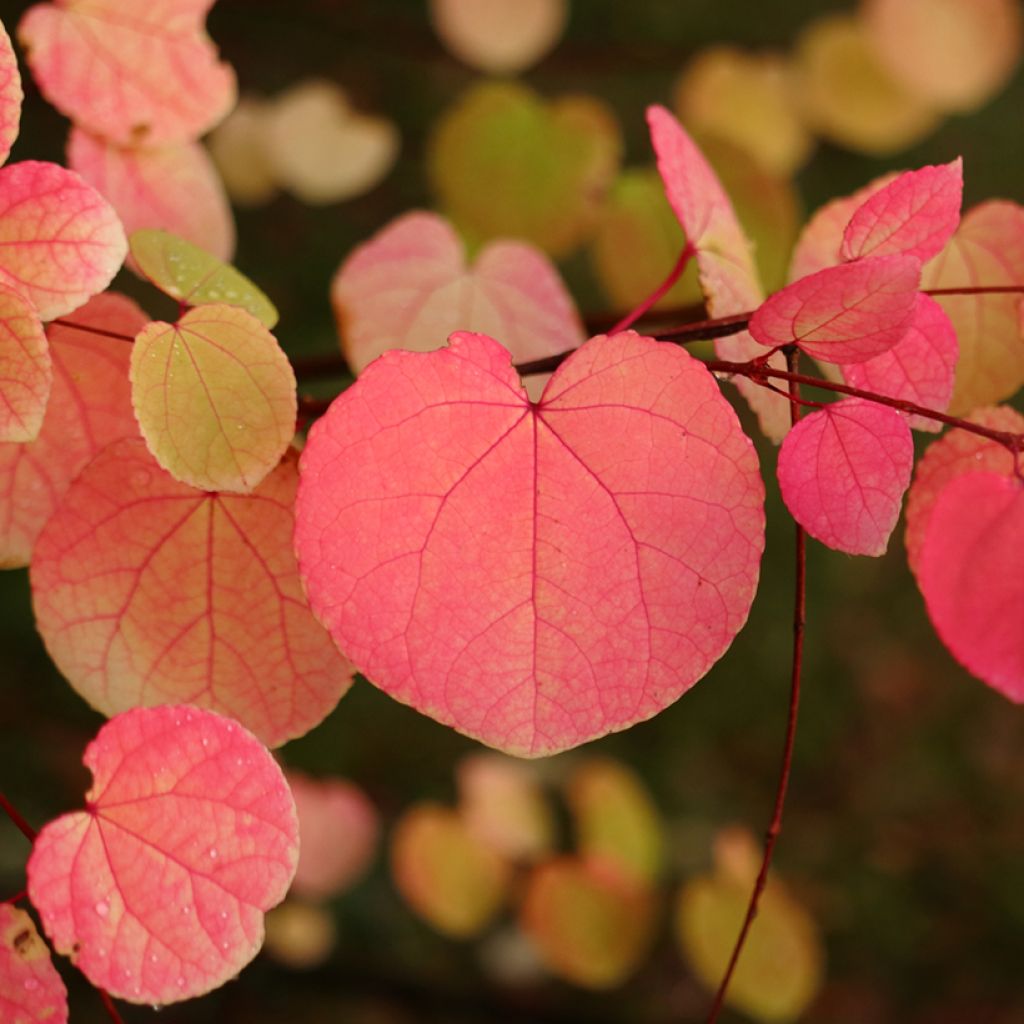

Cercidiphyllum japonicum
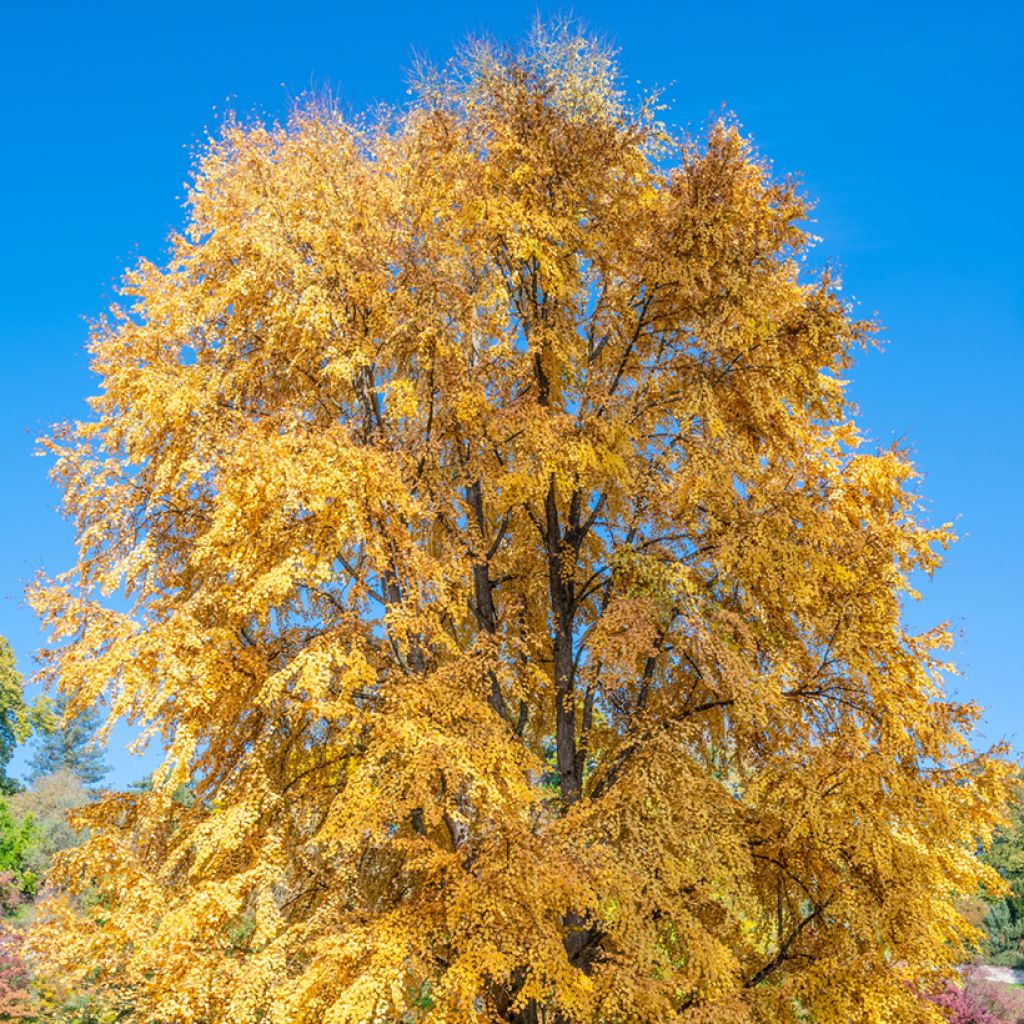

Cercidiphyllum japonicum
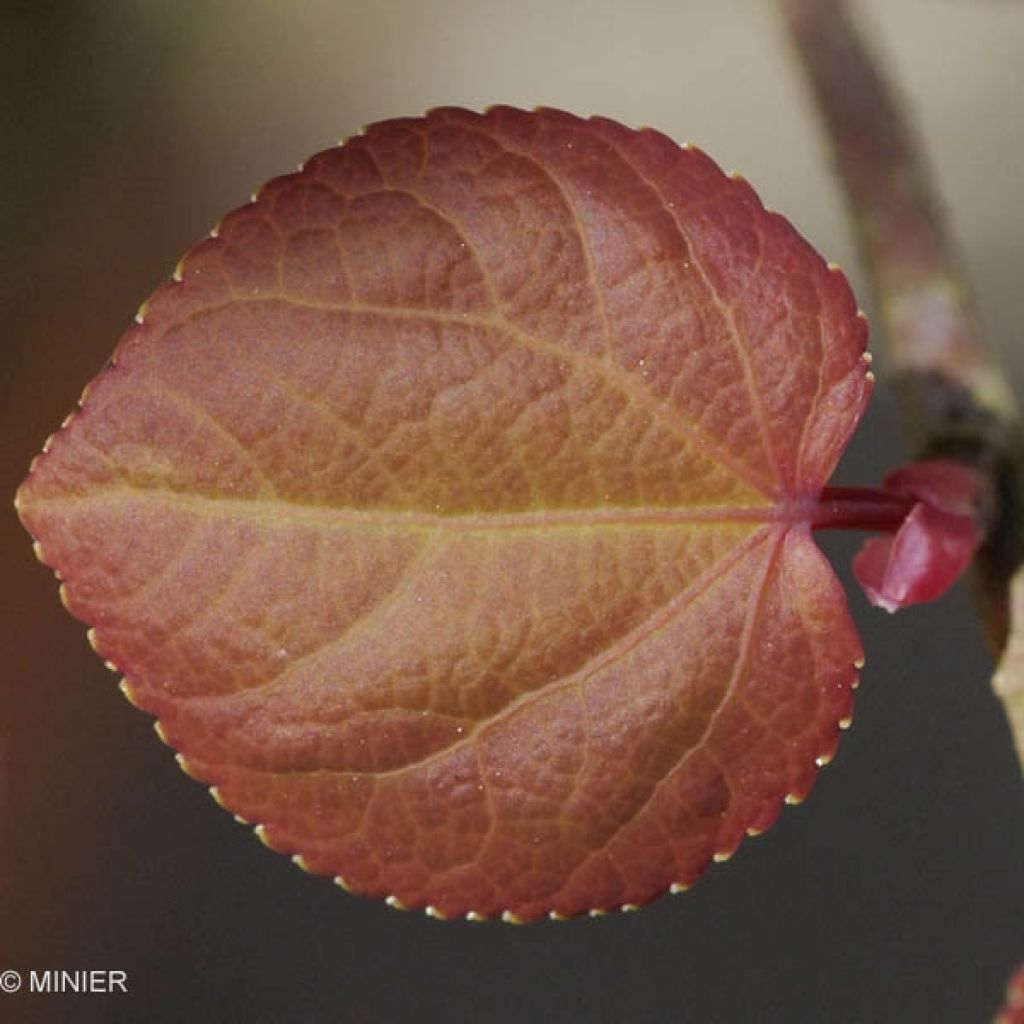

Cercidiphyllum japonicum
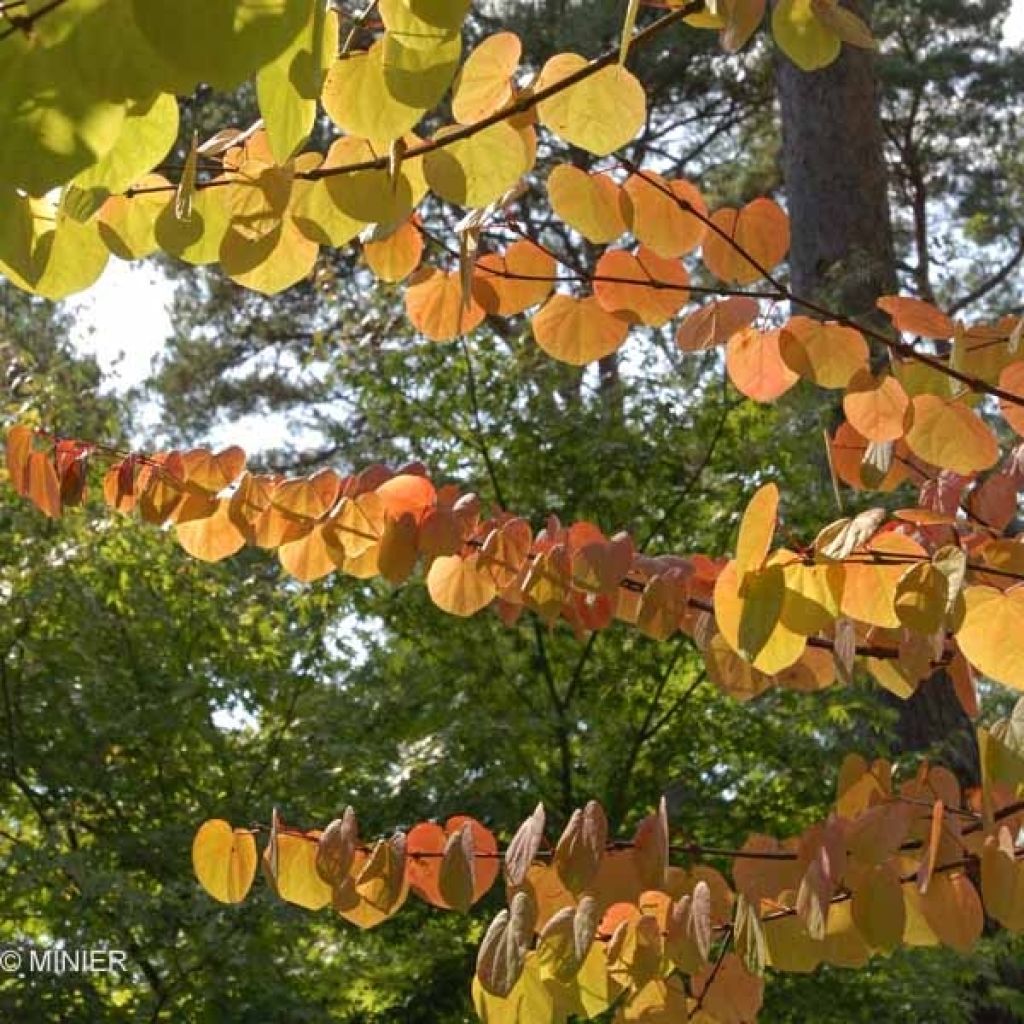

Cercidiphyllum japonicum
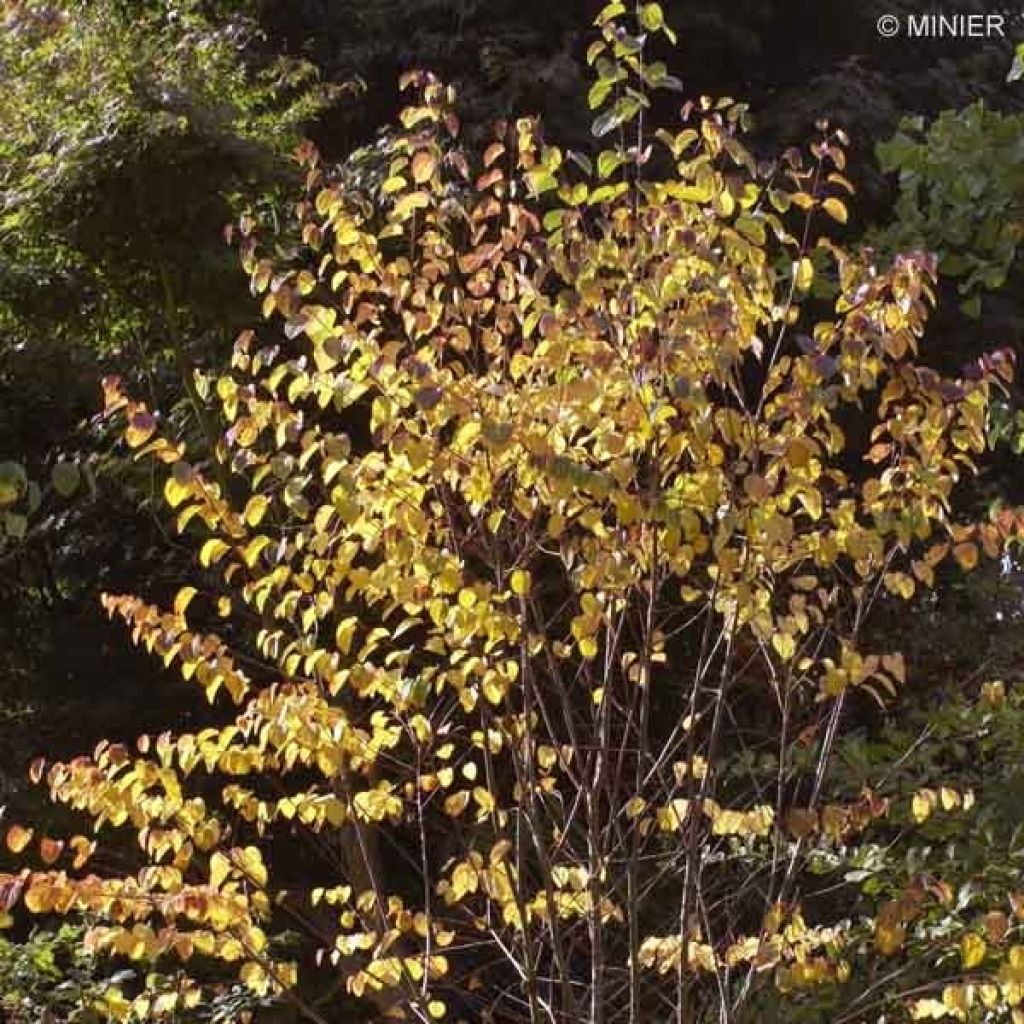

Cercidiphyllum japonicum
Cercidiphyllum japonicum
Cercidiphyllum japonicum
Katsura tree, Japanese Judas-tree
Beautiful young plant which has thrived despite the dryness of this summer (planted the previous autumn). The first one I bought died but this one is doing well. I am eagerly awaiting the autumn colours. The habit of the foliage is very pleasant and has an original shape.
Mélanie, 28/10/2022
Special offer!
Receive a €20 voucher for any order over €90 (excluding delivery costs, credit notes, and plastic-free options)!
1- Add your favorite plants to your cart.
2- Once you have reached €90, confirm your order (you can even choose the delivery date!).
3- As soon as your order is shipped, you will receive an email containing your voucher code, valid for 3 months (90 days).
Your voucher is unique and can only be used once, for any order with a minimum value of €20, excluding delivery costs.
Can be combined with other current offers, non-divisible and non-refundable.
Home or relay delivery (depending on size and destination)
Schedule delivery date,
and select date in basket
This plant carries a 24 months recovery warranty
More information
We guarantee the quality of our plants for a full growing cycle, and will replace at our expense any plant that fails to recover under normal climatic and planting conditions.


Would this plant suit my garden?
Set up your Plantfit profile →
Description
Cercidiphyllum japonicum is also known as the caramel tree, due to the light fragrance emitted by its foliage in autumn, evoking the delicious aroma of a freshly baked cake when stepping on the fallen leaves. A delightful companion for gardeners working under its canopy in autumn, this deciduous tree also captivates with its changing colours throughout the seasons: from pink-red in spring, gradually turning to bluish-green in summer, before the spectacular display of yellow, orange, pink, and red in autumn. Elegant, colourful, and fragrant, this medium-sized tree deserves to be planted in isolation where it can flourish unhindered.
Cercidiphyllum japonicum is the only species in the Cercidiphyllaceae family, which is dedicated to it. This deciduous tree has a fairly fast growth rate and is native to China and Japan. It has become rare in its native range but is widely cultivated in the Western world in parks and gardens. When left to grow freely, it tends to develop multiple trunks, each forming a narrow fork, with short branches spreading horizontally in tiers. The overall habit is rather slender and conical but quite broad. While this tree can reach heights of 30 to 45m (98 to 147ft) in its native range, making it one of the tallest in the forest, it rarely exceeds 12 to 15m (39 to 49ft) in height in our climates, with a spread of 6 to 8m (20 to 26ft). Its heart-shaped leaves somewhat resemble those of the Judas tree, Cercis siliquastrum, a resemblance that likely led to its species name Cercidiphyllum, literally meaning "with leaves of Cercis." They measure approximately 7cm in diameter and have slightly dentate margins. In early season, they display a pinkish hue, then turn glaucous green to bluish-green, with a whitish underside. In autumn, they take on a beautiful yellow and purple colouration, sometimes even becoming pink. It is commonly believed that a slightly acidic soil enhances the intensity of the colours. It is at this time that the leaves emit their characteristic caramel fragrance, more or less pronounced. The spring flowering, with dull pink-red flowers, is of little interest, as male and female flowers are borne on separate trees. The trunk is covered with a fairly regular grey-brown bark that quickly develops some superficial wrinkles. It slightly exfoliates over time.
We recommend planting the caramel tree in isolation, on a beautiful short grass meadow, to allow it to flourish freely. Alternatively, it can be surrounded by low shrubs or perennials that evolve throughout the seasons; for example, a lovely bushy Clematis heracleifolia, a Lespedeza thunbergii, silver candles, lady's mantle, Corydalis, or the Chrysanthemum 'Mei Kyo'.
Cercidiphyllum japonicum in pictures




Plant habit
Flowering
Foliage
Botanical data
Cercidiphyllum
japonicum
Cercidiphyllaceae
Katsura tree, Japanese Judas-tree
West Asia
Other Cercidiphyllum
View all →Planting and care
Cercidiphyllum japonicum is easy to grow in most of our climates, in deep soil, except by the sea or in the Mediterranean region. This fine plant has a fairly fast growth if the soil suits it, it should be planted in autumn or winter, please choose its location carefully as it does not like to be moved. It should be planted in a cool, humus-rich, fertile soil, preferably neutral to obtain beautiful foliage colourations, but it will also develop in neutral to alkaline soil, in non-burning sun or in partial shade. The young foliage is sensitive to late frosts and it fears drying winds, but the caramel tree requires no particular maintenance.
Planting period
Intended location
Care
Planting & care advice
-
, onOrder confirmed
Reply from on Promesse de fleurs
Similar products
Haven't found what you were looking for?
Hardiness is the lowest winter temperature a plant can endure without suffering serious damage or even dying. However, hardiness is affected by location (a sheltered area, such as a patio), protection (winter cover) and soil type (hardiness is improved by well-drained soil).

Photo Sharing Terms & Conditions
In order to encourage gardeners to interact and share their experiences, Promesse de fleurs offers various media enabling content to be uploaded onto its Site - in particular via the ‘Photo sharing’ module.
The User agrees to refrain from:
- Posting any content that is illegal, prejudicial, insulting, racist, inciteful to hatred, revisionist, contrary to public decency, that infringes on privacy or on the privacy rights of third parties, in particular the publicity rights of persons and goods, intellectual property rights, or the right to privacy.
- Submitting content on behalf of a third party;
- Impersonate the identity of a third party and/or publish any personal information about a third party;
In general, the User undertakes to refrain from any unethical behaviour.
All Content (in particular text, comments, files, images, photos, videos, creative works, etc.), which may be subject to property or intellectual property rights, image or other private rights, shall remain the property of the User, subject to the limited rights granted by the terms of the licence granted by Promesse de fleurs as stated below. Users are at liberty to publish or not to publish such Content on the Site, notably via the ‘Photo Sharing’ facility, and accept that this Content shall be made public and freely accessible, notably on the Internet.
Users further acknowledge, undertake to have ,and guarantee that they hold all necessary rights and permissions to publish such material on the Site, in particular with regard to the legislation in force pertaining to any privacy, property, intellectual property, image, or contractual rights, or rights of any other nature. By publishing such Content on the Site, Users acknowledge accepting full liability as publishers of the Content within the meaning of the law, and grant Promesse de fleurs, free of charge, an inclusive, worldwide licence for the said Content for the entire duration of its publication, including all reproduction, representation, up/downloading, displaying, performing, transmission, and storage rights.
Users also grant permission for their name to be linked to the Content and accept that this link may not always be made available.
By engaging in posting material, Users consent to their Content becoming automatically accessible on the Internet, in particular on other sites and/or blogs and/or web pages of the Promesse de fleurs site, including in particular social pages and the Promesse de fleurs catalogue.
Users may secure the removal of entrusted content free of charge by issuing a simple request via our contact form.
The flowering period indicated on our website applies to countries and regions located in USDA zone 8 (France, the United Kingdom, Ireland, the Netherlands, etc.)
It will vary according to where you live:
- In zones 9 to 10 (Italy, Spain, Greece, etc.), flowering will occur about 2 to 4 weeks earlier.
- In zones 6 to 7 (Germany, Poland, Slovenia, and lower mountainous regions), flowering will be delayed by 2 to 3 weeks.
- In zone 5 (Central Europe, Scandinavia), blooming will be delayed by 3 to 5 weeks.
In temperate climates, pruning of spring-flowering shrubs (forsythia, spireas, etc.) should be done just after flowering.
Pruning of summer-flowering shrubs (Indian Lilac, Perovskia, etc.) can be done in winter or spring.
In cold regions as well as with frost-sensitive plants, avoid pruning too early when severe frosts may still occur.
The planting period indicated on our website applies to countries and regions located in USDA zone 8 (France, United Kingdom, Ireland, Netherlands).
It will vary according to where you live:
- In Mediterranean zones (Marseille, Madrid, Milan, etc.), autumn and winter are the best planting periods.
- In continental zones (Strasbourg, Munich, Vienna, etc.), delay planting by 2 to 3 weeks in spring and bring it forward by 2 to 4 weeks in autumn.
- In mountainous regions (the Alps, Pyrenees, Carpathians, etc.), it is best to plant in late spring (May-June) or late summer (August-September).
The harvesting period indicated on our website applies to countries and regions in USDA zone 8 (France, England, Ireland, the Netherlands).
In colder areas (Scandinavia, Poland, Austria...) fruit and vegetable harvests are likely to be delayed by 3-4 weeks.
In warmer areas (Italy, Spain, Greece, etc.), harvesting will probably take place earlier, depending on weather conditions.
The sowing periods indicated on our website apply to countries and regions within USDA Zone 8 (France, UK, Ireland, Netherlands).
In colder areas (Scandinavia, Poland, Austria...), delay any outdoor sowing by 3-4 weeks, or sow under glass.
In warmer climes (Italy, Spain, Greece, etc.), bring outdoor sowing forward by a few weeks.






























